In the ever-evolving landscape of enterprise Software as a Service (SaaS), user-centric design has taken center stage. User interfaces (UI) have transitioned from being mere functional components to becoming a fundamental aspect of user experience. As such, creating intuitive UIs in enterprise SaaS products has become a critical factor for success.
The Evolution of UI Design
Traditionally, enterprise software focused primarily on delivering functionality. User interfaces were often considered secondary, resulting in complex and unwieldy systems that required extensive training. However, as consumer technology advanced and employees became accustomed to user-friendly applications in their personal lives, expectations for intuitive UIs in the workplace also grew.
The Power of Simplicity
User-centric design emphasizes the power of simplicity. An intuitive UI should allow users to interact with the software seamlessly, without the need for extensive training or user manuals. It should provide an experience that aligns with users’ expectations and preferences.
Understanding User Needs
Creating an intuitive UI begins with a deep understanding of user needs. This involves conducting user research to identify pain points, goals, and preferences. User personas are developed to represent different segments of the user base, guiding design decisions. This research-driven approach ensures that the product caters to a diverse audience and addresses real-world challenges.
Iterative Design Process
Designing an intuitive UI is an iterative process. It involves continuous refinement based on user feedback and testing. Regular usability testing with real users uncovers issues and pain points that may not be evident in a development environment. This iterative approach allows the product to evolve in response to user needs, making it a more user-centric solution.
Aesthetic Appeal and Functionality
While aesthetics should not overshadow functionality, an attractive design can enhance user satisfaction. Aesthetics play a crucial role in creating a visually appealing UI that contributes to brand identity and user engagement. However, aesthetics must always serve the primary goal of making the user interface more intuitive and efficient.
Usability and Accessibility
An intuitive UI should not only be easy to use but also accessible to all users, including those with disabilities. Compliance with accessibility standards is not just an ethical requirement but also a legal necessity in many regions. Designing with accessibility in mind ensures that your product is usable by the broadest range of users possible.
Benefits of Intuitive UI Design
Implementing intuitive UI design in your enterprise SaaS product offers several advantages:
- Higher Adoption Rates: Intuitive interfaces are more likely to be embraced by users, leading to higher adoption rates and faster return on investment.
- Reduced Support Costs: Users who can interact with the software effortlessly require less customer support, saving costs and resources.
- Enhanced Productivity: Well-designed interfaces streamline tasks and improve user efficiency, ultimately boosting productivity.
- User Satisfaction: Satisfied users are more likely to remain loyal and serve as advocates for your product. They are less likely to churn or seek alternatives.
- Competitive Advantage: Intuitive UI design can differentiate your product in a crowded marketplace, helping you attract and retain customers.
The Ongoing Commitment
Designing an intuitive UI is not a one-time task; it’s an ongoing commitment. User needs change, and new technologies emerge. To maintain a user-centric approach, regularly seek user feedback, stay updated on design trends, and adapt your product accordingly.
In conclusion, the evolution of enterprise SaaS products towards user-centric and intuitive UI design is a response to changing user expectations and the demand for a more satisfying user experience. By prioritizing intuitive UI design, you can create products that empower users, enhance productivity, and drive success in the competitive world of SaaS.




